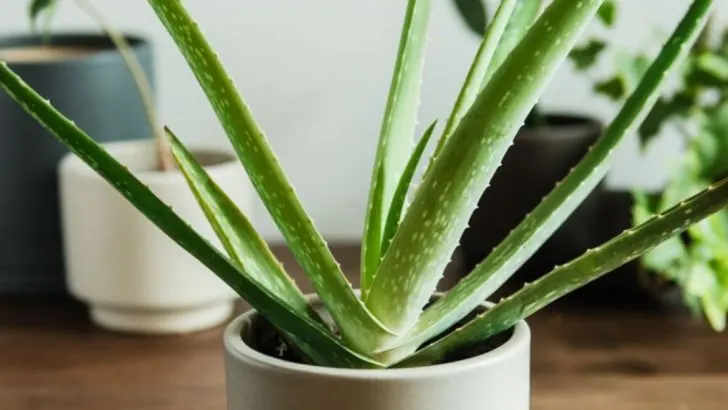Growing medicinal plants at home is a great way to create your own natural remedies while enjoying the beauty of these healing herbs and flowers. Whether you need them for soothing teas, salves, or essential oils, many medicinal plants are easy to grow and care for in your garden or on a windowsill.
In this article, we highlight 18 medicinal plants you should be growing at home. From calming chamomile and soothing lavender to healing aloe vera and powerful echinacea, these plants offer a natural way to support your well-being. Discover how to incorporate these healing herbs into your daily life and grow your own natural medicine cabinet right outside your door!
Aloe Vera
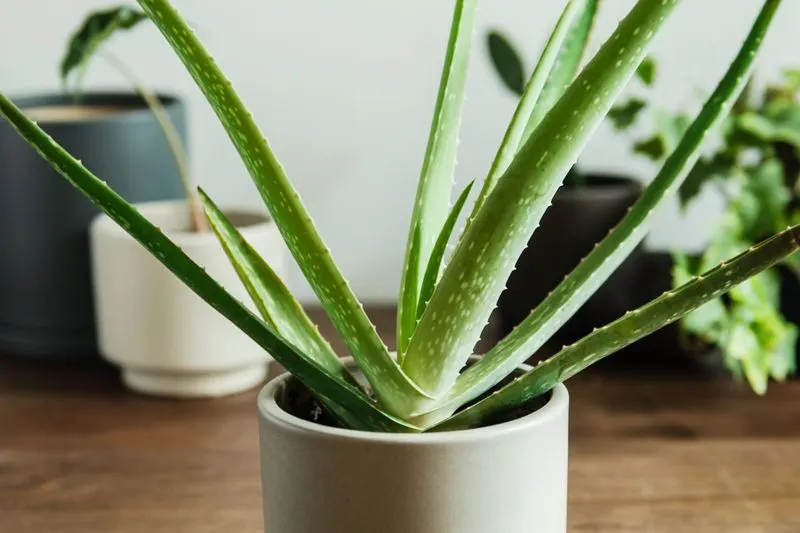
Aloe Vera is famed for its soothing gel, perfect for burns and skin irritations. Keeping this plant handy means instant relief after minor kitchen mishaps. It’s low-maintenance and thrives indoors, making it ideal for busy households. Aloes prefer bright, indirect sunlight and require infrequent watering, which suits them well to forgetful plant owners. The gel inside its leaves can be applied directly to the skin, offering cooling and healing properties. This simple yet effective remedy makes Aloe Vera a valuable addition to any home.
Lavender

Known for its calming scent, Lavender supports relaxation and sleep. Beyond its aromatic allure, it’s also used in oils and teas for its purported stress-relieving properties. Growing Lavender requires well-drained soil and ample sunlight, thriving best in outdoor conditions. Its vibrant purple flowers attract pollinators, adding life to your garden. Harvesting the flowers for home use is simple, and they can be dried or used fresh. Lavender truly transforms a garden into a serene sanctuary with its fragrance and beauty.
Chamomile

Chamomile is cherished for its gentle, calming effects, often enjoyed in teas to settle stomachs or promote sleep. This delicate plant is surprisingly resilient, growing well in various conditions with sufficient sunlight. With dainty white flowers resembling tiny daisies, it’s as decorative as it is functional. Chamomile can be harvested and dried for long-term storage, ensuring you have a natural remedy on hand. Its versatility and soothing nature make it a must-have for herb enthusiasts.
Peppermint

Peppermint, with its invigorating scent, is a staple for digestive health. Fresh or dried leaves can be brewed into a tea that aids digestion and relieves headaches. It grows vigorously and can spread quickly, so containing it in a pot is wise. This adaptable plant enjoys partial shade and regular watering to maintain its lush foliage. Peppermint’s refreshing aroma and health benefits ensure it remains a favorite for indoor herb gardens.
Echinacea
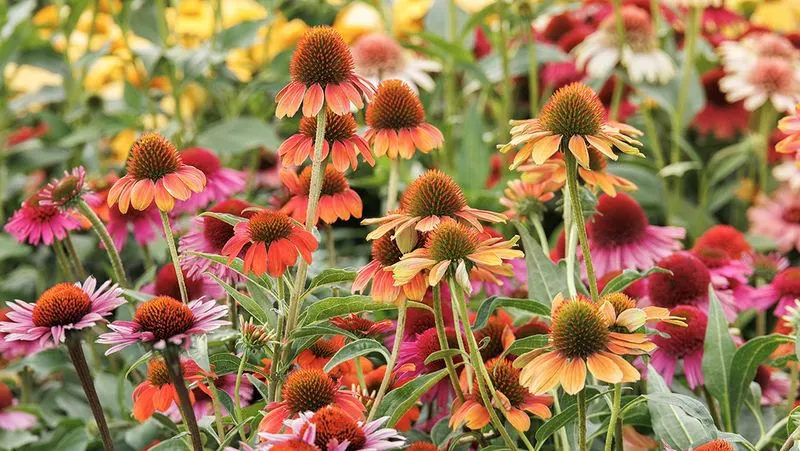
Echinacea, commonly known as coneflower, is a powerful immune booster. Its striking flowers not only add a splash of color to gardens but also attract beneficial insects. Echinacea thrives in well-drained soil with full sun exposure, making it a hardy choice for outdoor spaces. The plant’s roots and flowers can be used to make teas or tinctures, offering natural support during cold and flu season. Easy to grow and maintain, Echinacea is both beautiful and beneficial.
Rosemary
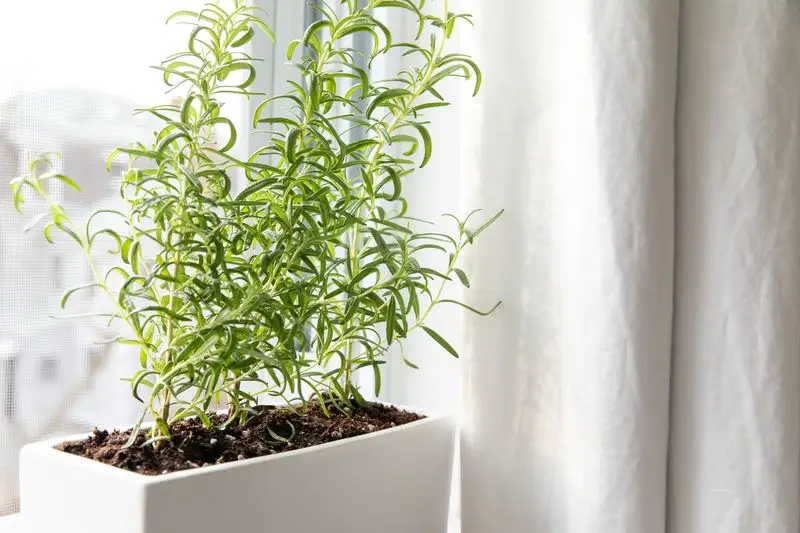
Rosemary is more than a culinary herb; it’s renowned for enhancing memory and concentration. Its aromatic leaves are often used in teas and oils, providing a mental boost. Rosemary loves sunny spots and well-drained soil, thriving equally well indoors or outdoors. Regular pruning encourages a bushy growth habit, perfect for frequent use in the kitchen. Its resilience and multipurpose nature make Rosemary an essential plant for any home.
Sage
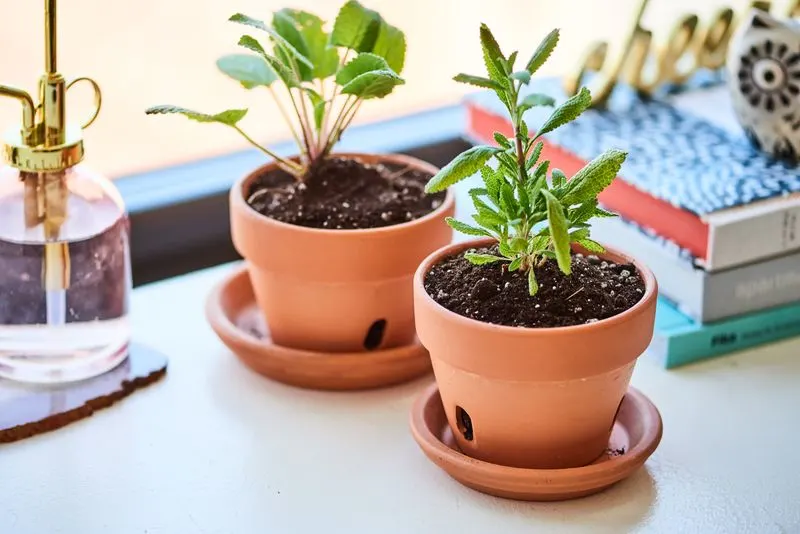
Sage is known for its earthy aroma and medicinal properties, often used in teas to soothe sore throats and improve digestion. This hardy perennial prefers a sunny spot with well-drained soil, flourishing with little care. Sage’s grey-green leaves add texture and interest to herb gardens, while its subtle flavor enhances culinary dishes. Regular harvesting encourages healthy growth, making it a sustainable choice for continuous use. Sage is a reliable, aromatic addition to any garden.
Thyme
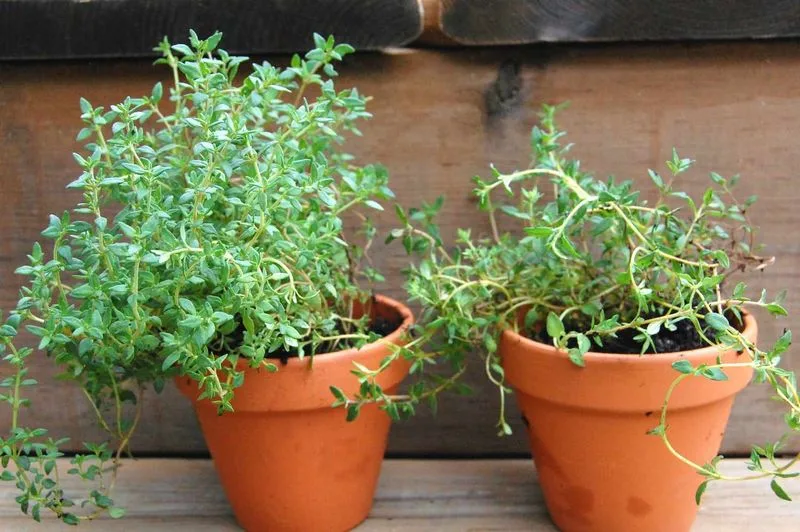
Thyme is a versatile herb celebrated for its antiseptic properties and culinary uses. Often brewed into a tea, it helps relieve respiratory issues. This perennial thrives in sunny, dry conditions, making it perfect for low-maintenance gardens. Thyme’s tiny leaves pack a punch of flavor, enhancing meat and vegetable dishes effortlessly. Regular pruning keeps it healthy and encourages new growth, ensuring a steady supply. Its resilience and usefulness make Thyme a valuable garden staple.
Calendula
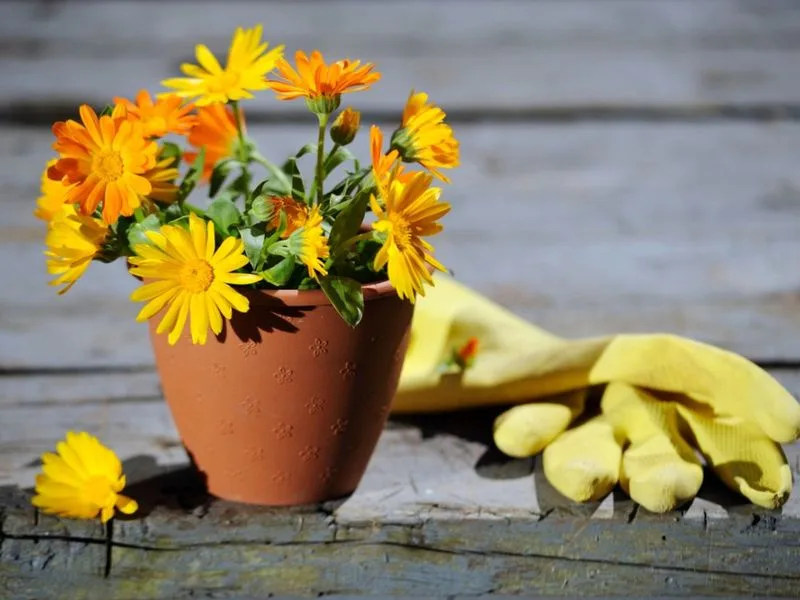
Calendula, or pot marigold, is cherished for its skin-healing properties. The vibrant flowers are often used in salves and creams to soothe irritations and promote skin health. Calendula thrives in full sun and well-drained soil, making it an easy addition to gardens. The blooms attract pollinators, enhancing biodiversity. Regular deadheading encourages more flowers, prolonging its blooming season. Its cheerful appearance and healing benefits make Calendula a joy to grow.
Lemon Balm

Lemon Balm is known for its calming effects and delightful citrus scent. Often used in teas, it helps alleviate stress and anxiety. This perennial herb flourishes in sunny gardens and prefers well-drained soil. With its rapid growth, Lemon Balm can quickly fill garden spaces, adding a fresh aroma to the air. Regular pruning keeps it in check and promotes bushy growth. Its soothing properties and ease of care make Lemon Balm a delightful addition to herb gardens.
Basil
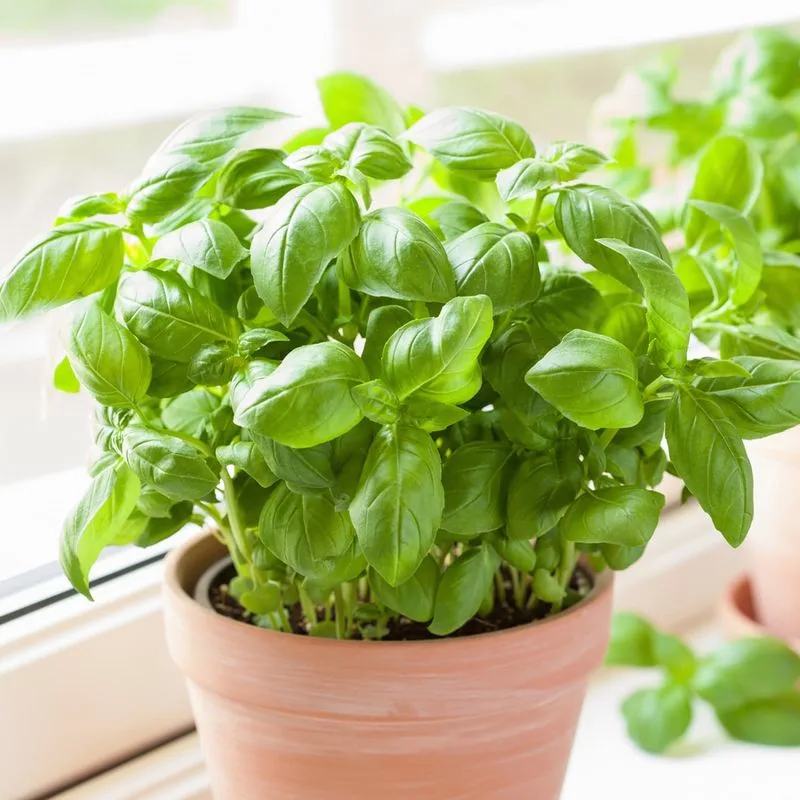
Basil is not only a culinary favorite but also boasts anti-inflammatory properties. Its aromatic leaves are used in a variety of dishes and herbal remedies. Basil thrives in warm conditions with plenty of sunlight, making it ideal for window sills or outdoor spaces. Regular harvesting encourages lush growth and enhances its flavor. Basil’s versatility in the kitchen and its health benefits make it an essential plant for home gardeners.
St. John’s Wort
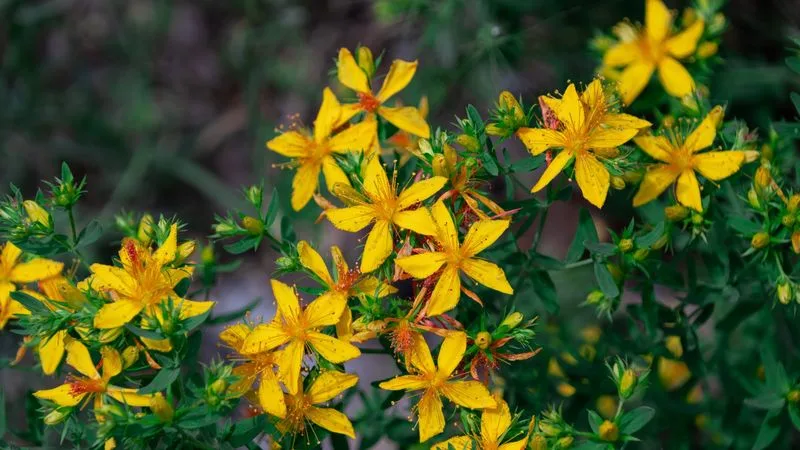
St. John’s Wort is traditionally used to support mood and mental health. Its vibrant yellow flowers brighten up any garden, attracting pollinators and adding diversity. This hardy plant prefers full sun and well-drained soil, flourishing with minimal care. The flowers and buds are often used in teas and tinctures, offering natural support for emotional well-being. St. John’s Wort is a resilient and valuable addition to any garden focused on holistic health.
Ginger
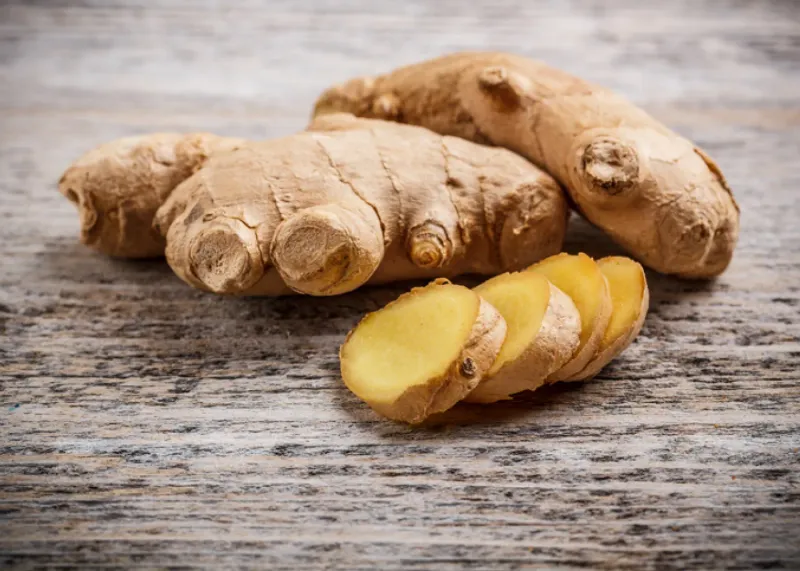
Ginger is a versatile root known for its digestive and anti-inflammatory properties. Growing ginger indoors is simple; place the rhizome in well-drained soil with indirect sunlight. It requires regular watering to maintain its lush foliage. Fresh ginger root can be harvested and used in teas, cooking, or as a natural remedy for nausea and colds. The plant’s benefits and ease of growth make it a popular choice for home cultivation.
Turmeric
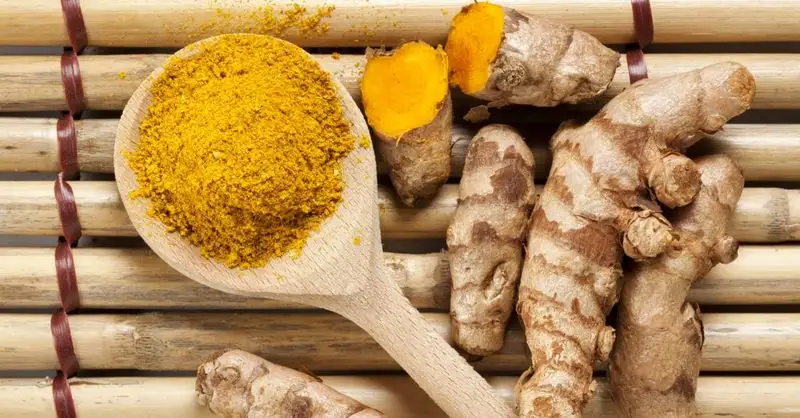
Turmeric is celebrated for its powerful anti-inflammatory and antioxidant properties. This tropical plant thrives in warm, humid conditions, making it suitable for indoor growth. Plant the rhizomes in rich, well-drained soil and provide plenty of water and indirect sunlight. Turmeric’s vibrant orange root can be harvested and dried for use in cooking or teas, offering numerous health benefits. Its culinary and medicinal versatility makes Turmeric a valuable addition to any home garden.
Lemon Verbena
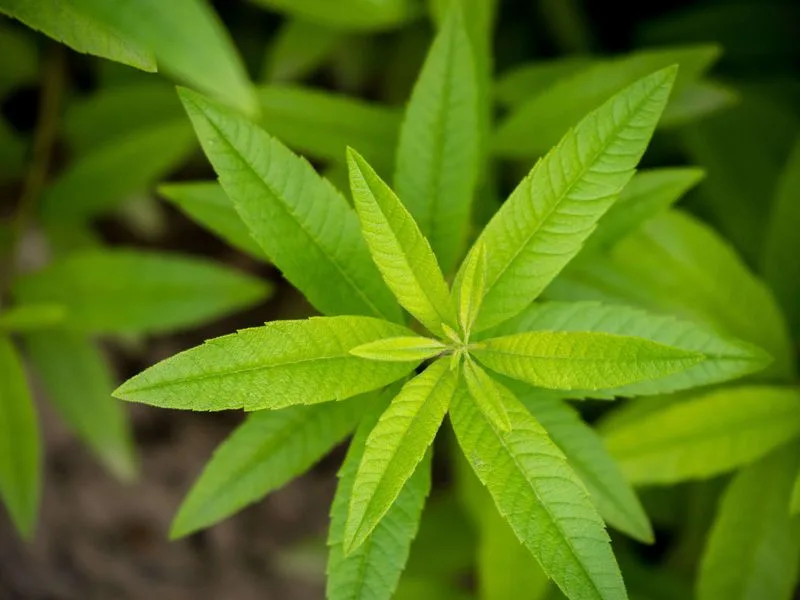
Lemon Verbena is prized for its intense lemon fragrance and soothing properties. Often used in teas, it helps with digestion and relaxation. This deciduous plant prefers full sun and well-drained soil, making it perfect for outdoor containers. Regular pruning encourages dense growth and a continuous supply of aromatic leaves. Lemon Verbena’s refreshing scent and calming effects make it a charming and beneficial addition to home gardens.
Valerian
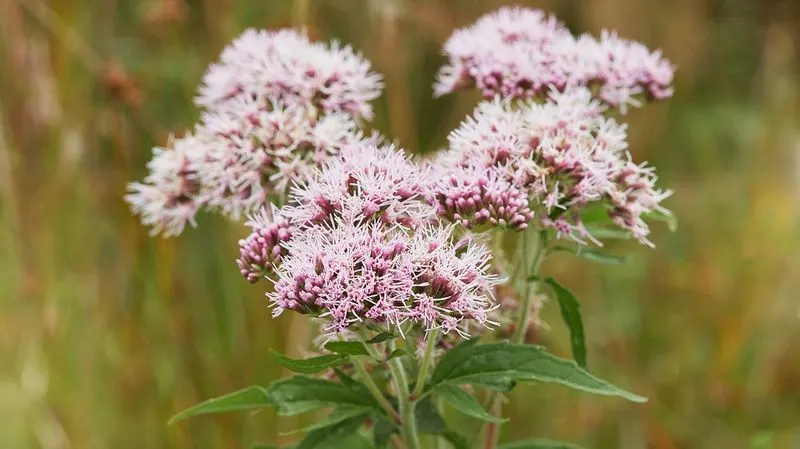
Valerian is well-known for its sedative properties, often used to promote sleep and reduce anxiety. The plant’s aromatic roots are harvested for use in teas and tinctures. Valerian prefers a partially shaded location with rich, moist soil. Its delicate pink flowers add a soft beauty to gardens, attracting beneficial insects. With its calming benefits and attractive appearance, Valerian is a thoughtful choice for gardens focused on relaxation and wellness.
Feverfew
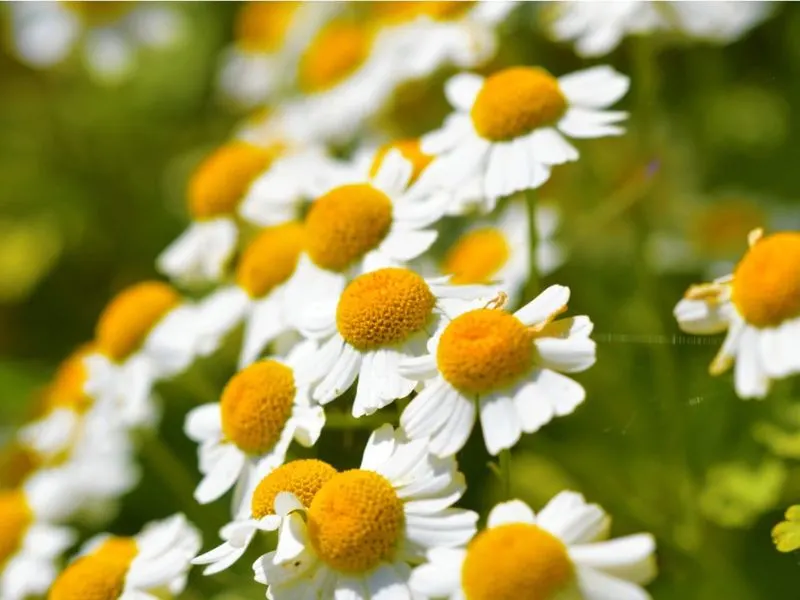
Feverfew is renowned for its ability to help reduce the severity and frequency of migraines. This hardy herb thrives in sunny locations with well-drained soil, requiring minimal care. Its small, daisy-like flowers add charm to medicinal herb gardens. Both the leaves and flowers can be harvested for teas and tinctures, providing natural relief for headaches. Feverfew’s effectiveness and ease of growth make it a wise addition to health-focused gardens.
Yarrow
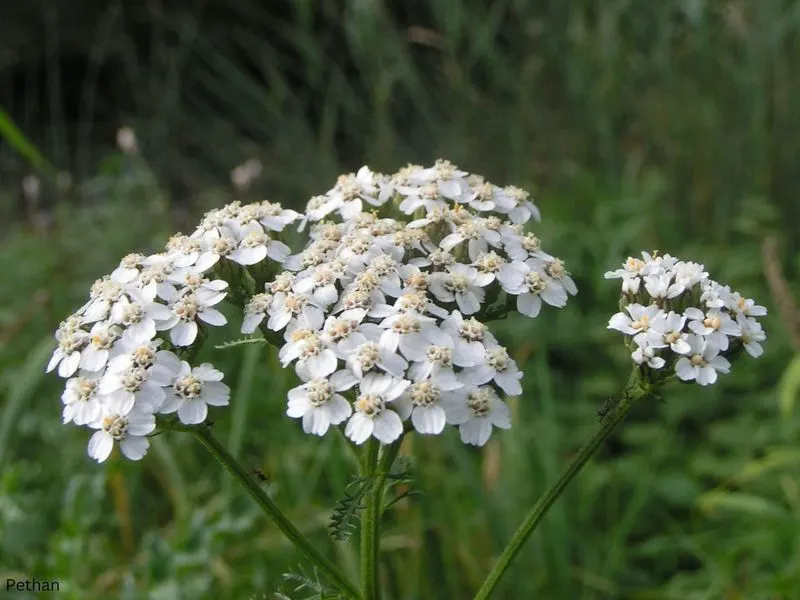
Yarrow is valued for its wound-healing and anti-inflammatory properties. Known for its hardy nature, Yarrow thrives in a variety of soils and sunny locations. The plant’s feathery leaves and white flowers add an elegant touch to wildflower gardens. Yarrow can be used in salves or teas, providing natural support for skin and internal health. Its resilience and medicinal properties make Yarrow a practical and attractive choice for home gardens.

